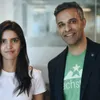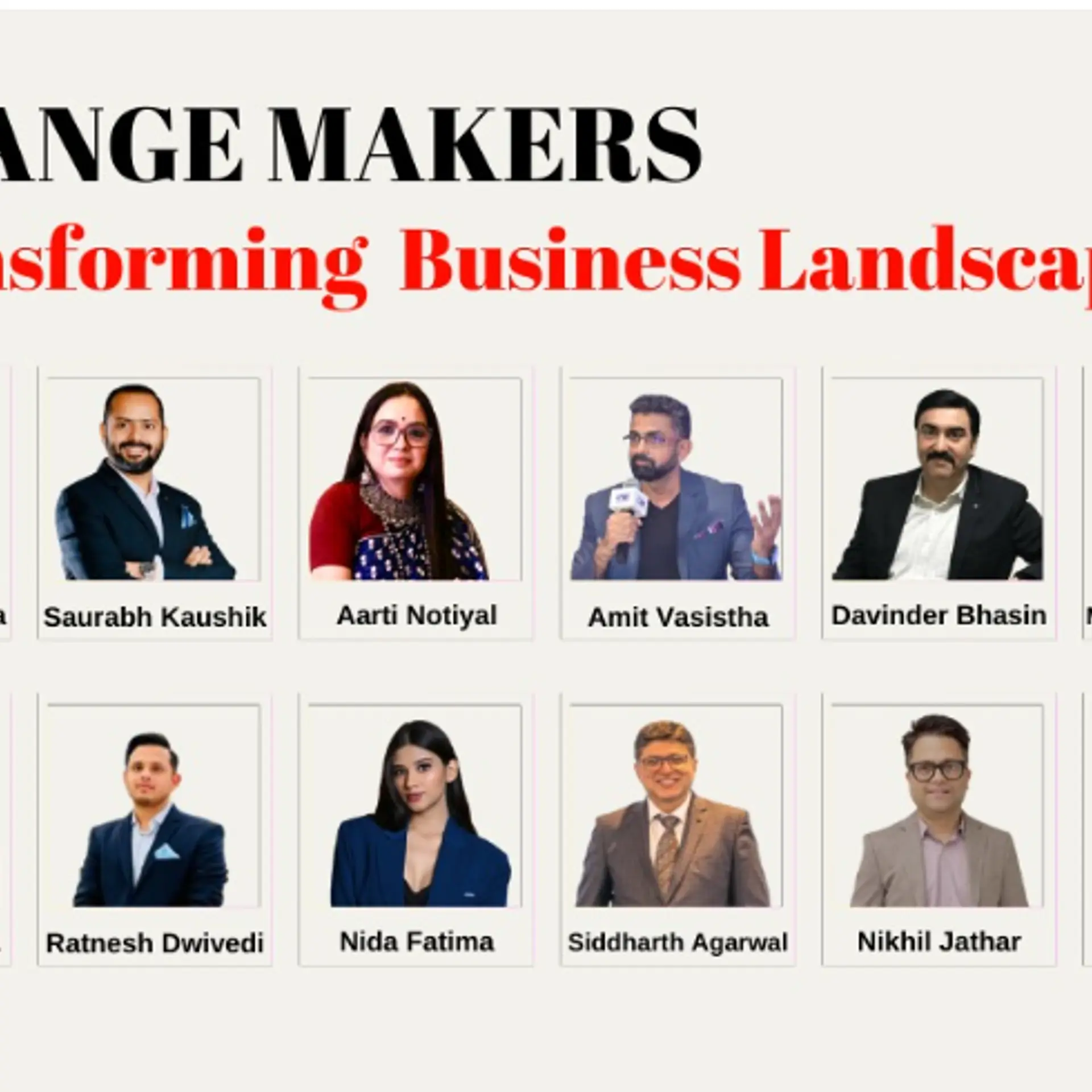This startup by CERN scientist and his brother is building affordable supercomputers
Ontario-based Q Blocks, a computing company that builds affordable supercomputers, is a Techstars-backed startup, which is currently in its beta testing phase.
Close to 50 years ago, we landed on the moon with a computing power much lower than what today’s average smartphone can do. This very fact got Saurabh Vij and his brother Gaurav Vij to think that as we move into the future, smart devices will become more powerful, and can help solve complex computational problems.
Saurabh recalls thinking: “What if your smartphone could make money for you by solving complex computational tasks for scientists, engineers, designers, and organisations like NASA.”
This led them to start , a computing company that builds affordable supercomputers, in 2019. The startup is registered out of Ontario, Canada.
Currently, supercomputers are only available to scientists, governments, and a few big corporations.
“At Q Blocks, our vision is to connect and cluster together billions of smart devices like smartphones, X boxes, and gaming stations to provide affordable distributed supercomputers to those who can’t access them right now,” says Saurabh.
He adds, even today, some of these idle smart devices can actually power high performance computing applications like machine learning, model training, data Analytics, AI, and CGI rendering.

Saurabh Vij and Gaurav Vij, Founders off Q Blocks
What led to start up
“Our world is naturally moving towards distributed applications and software, and our mission is to push the advancement of computing, and thus unlock the creativity which is right now being wasted because of expensive computing power,” says Saurabh.
A researcher on particle physics at CERN, Switzerland, Saurabh had come across a project ‘LHC@home’ at CERN. The project invited people from all over the world to donate computing power from their laptops to solve complex computational problems for particle physics.
“That was the eureka moment. it fascinated me and invoked the idea that the same technology of distributed computing can do wonders in the commercial world too. We landed the moon with lesser computing power. Imagine what else is possible if we connect billions of smartphones to power innovations all over the planet,” says Saurabh.
He teamed up with his brother Gaurav, a serial entrepreneur, and built large scale systems and even a solar powered electric car to work on Q Blocks. Soon, they launched a prototype at CES in Las Vegas in 2019. The team has also raised funding by Techstars early this year, and has a total team size of five at present.
Prior to Q Blocks, Saurabh had built a wearable product for women safety just after the Nirbhaya incident, and had raised a grant from the Government. He later moved on to build an AI company in the energy efficiency space to fight climate change by making buildings energy efficient.
How does it work?
“Our platform acts as a bridge to connect the user to the distributed multi-GPU cluster. Users can then select their favourite AI frameworks such as Tensorflow, Keras, Pytorch, etc., coupled with the Jupyter Lab experience, thus making it a one-click experience for users to get started with writing their AI models, and then train them on our powerful compute nodes,” explain Saurabh.
The client app acts as the frontend web-based experience that companies, data scientists, and ML engineers get on Q Blocks to acquire a multi-GPU cluster. The platform’s computing provider app is the backend that performs the following tasks - test the machine as per the benchmarks for different use cases like AI, CGI, and data analytics, give it a benchmark score, build homogeneity on the network, build the security layer on the machine to protect client’s data, and connect the machine to the cluster network.
The team is currently working in the beta stage, and has so far performed beta tests with over 10 companies in the US and India. While the team refused to share the exact numbers, it currently follows a pay per hour model.
“In future, we will bring SaaS in some of our offerings too,” adds Saurabh. He explains that like Uber and Airbnb, there isn’t any physical infrastructure. The software clusters together computing power from different sources spread across the world to serve commercial and scientific applications.
The market
Gartner predicts there will be 25 billion connected devices by the end of 2020. According to a report by MarketsandMarkets, the global edge computing market is expected to grow from $1.47 billion in 2017 to $6.72 billion by 2022 at a Compound Annual Growth Rate (CAGR) of 35.4 percent during the forecast period.
Some of the other startups working in the space include , which has been computing machine vibrations to figure out their rate of failure since 2014; and Synconext has been computing machine vibrations to figure out their rate of failure since 2014.
However, according to the founders, Q Blocks is different as it is focussed on making every smart device a supercomputer.
“We are building cluster computing where clusters of powerful cores spread across the world would work on compute intensive problems for our clients improving price/performance ratio by 10 times. Our solution takes care of a lot of coding part for the data scientist, and they can instantly launch their Jupyter notebooks and test out their models. Our mission is not to sell computing as a commodity but to bring access to affordable supercomputing in the hands of everyone,” says Saurabh.
In future, the team aims to connect all the Xboxes and Playstations together to build world’s biggest supercomputer.
“We also aim to connect all the smartphones and build an even bigger supercomputer,” says Saurabh.
Edited by Megha Reddy









